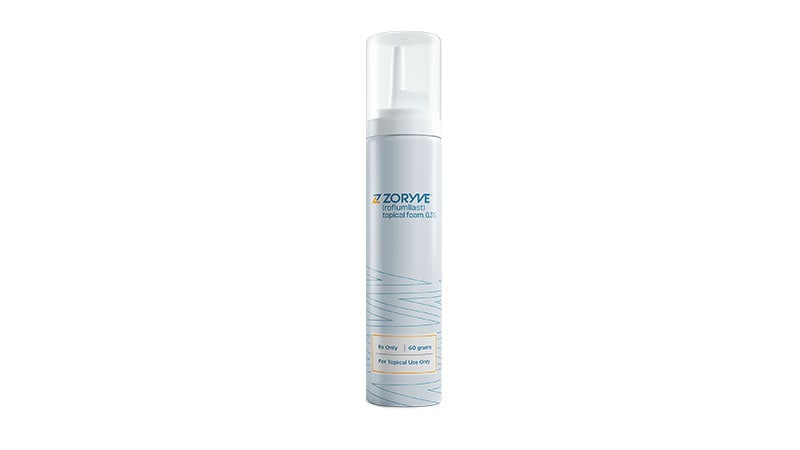Heavy Metal Exposure Accelerates Ovarian Aging in Women
TOPLINE:
The heavy metals arsenic, cadmium, and mercury may function as ovarian toxicants, causing earlier aging of the ovaries in women approaching menopause.
METHODOLOGY:
- Heavy metals, such as lead, cadmium, mercury, and arsenic, are ubiquitous in water, food, and air, but little is known about their impact on ovarian aging and fertility in women nearing menopause.
- The study investigated the association between urinary concentrations of arsenic, cadmium, mercury, and lead and longitudinal trajectories of serum levels of anti-Müllerian hormone (AMH), a biomarker of ovarian reserve.
- Samples came from 549 women (median age, 53 years; 45% White, 21% Black, 15% Chinese, and 19% Japanese) who took part in the Study of Women's Health Across the Nation (SWAN).
- Participants had experienced a natural menopausal transition without hysterectomy, bilateral oophorectomy, or hormone therapy and were required to have a documented final menstrual period (FMP) date.
- Metal concentrations were grouped into tertiles, and researchers adjusted for rice and seafood (important determinants of heavy metal consumption), socioeconomic status, and other potential confounders.
TAKEAWAY:
- Higher urinary concentrations of arsenic and mercury were associated with lower serum AMH concentrations at FMP, with women in the highest tertile showing a 32.1% and a 40.7% decline, respectively, than women in the lowest tertile.
- Higher urinary concentrations of cadmium and mercury were associated with faster rates of decline in AMH during the menopausal transition, with rates of 9.0% and 7.3% in the highest tertile of cadmium and mercury concentrations, respectively, than women in the lowest tertile.
- The study found no association between lead and AMH concentrations.
IN PRACTICE:
"The observed magnitude of associations between heavy metals and AMH was stronger than the association between smoking and AMH, which is a known risk factor for depleted ovarian reserve," wrote the authors.
SOURCE:
Ning Ding from the Department of Epidemiology, School of Public Health, University of Michigan, Ann Arbor, Michigan, led this study, which was published online in the Journal of Clinical Endocrinology & Metabolism.
LIMITATIONS:
The findings come from generally healthy women so the results may not be applicable to women with health problems. Furthermore, the results may not apply to younger women because midlife women reaching FMP have very low AMH concentrations. Residual confounding cannot be completely eliminated due to the observational nature of this study.
DISCLOSURES:
This study was supported by the SWAN Repository and grants from the National Institute of Environmental Health Sciences, the Centers for Disease Control and Prevention, and other sources. The authors declared no conflicts of interest.


 Admin_Adham
Admin_Adham


